
Teaching English in Spain: My Unforgettable Journey Abroad
With its delicious cuisine, beautiful landscapes, and a culture of warm and friendly people, Spain has become the go-to destination for those wanting to experience the world of ESL teaching abroad.
In this interview, we’ve had a chat with Lee, who has shared his life-changing experiences and insights from his four years of teaching English in Spain. He’s shared how he got started, what he encountered on his adventure, what academy life in Spain is like, as well as some practical tips that can be useful for anyone thinking of following in his footsteps.
Let’s join him on his adventure!
Taking the first step
For me, it seemed like a completely natural decision to find my first ESL teaching contract in Spain. I felt I already had a grasp of some basics in Spanish and really wanted to push forward with the language. As well as this, I knew that Spain has an extensive network of academies across the whole country, meaning that finding a job was likely to be easier.
Although you might have a particular destination in Spain in mind, it’s important to be open-minded. Many of the jobs advertised will be in places you’ve never heard of, but this might turn out to be just what you need to experience the true Spanish culture.
My first job was in a city about three hours west of Madrid called Cáceres. What I’ve always loved about Spain is that many of the central plazas are buzzing with life, tables full of locals, food being passed around, and often in a setting of unimaginable historic beauty.
Where many jobs don’t usually provide money to help with accommodation or flights, my first job offered both. We were put up in a hotel for a few days for free and helped to find accommodation.
I would always recommend asking about accommodation in interviews, as having a school that will help with this side of things will save a lot of stress and money. The best academies I’ve worked for have always sent a list of possible accommodation options a few weeks in advance so you can start to get a feel for what’s out there.
Meeting the students
Spanish students are notoriously boisterous, and my first classes were no exception. However, I’ve always appreciated this fact. As long as that energy is controlled and managed properly, the classroom can have a dynamic which I haven’t experienced in any other nation.
It’s always good to factor in that energy when planning — think: how can I get the students collaborating? Running around? Burning some of that energy? Can I get them shouting out, rather than putting their hand up?
Having a good grounding from a TESOL/TEFL qualification will help a lot when faced with learners who have different energy levels and learning styles. In fact, part of my training to be an English Teacher involved class and needs analysis — thinking in detail what to expect and planning for it accordingly.
Getting your TESOL/TEFL certificate: To teach English in Spain, employers expect you to possess an accredited and recognised 120-hour TESOL/TEFL certificate.
If you haven’t obtained your accredited teaching certification yet, now is a good time to get started.
Enroll today to start your teaching journey!
.
Adapting to a new school system
Thankfully though, because of the investment in private academies in Spain, you’re likely to find some fancy tech that will help your teaching considerably – digital whiteboards, projectors, classroom laptops. Ask about this in interviews. It can make a world of difference!
As with many academy positions in Spain, the teaching hours usually consist of afternoons (although at times I’ve taught at companies who prefer classes during the lunch hour). Often this will mean the younger students have classes from 16:00, then the older students follow.
Initially, a lot of my time was taken up by learning about the different exams on offer. As a rule, Spanish academies offer preparation for Cambridge exams – Preliminary, First and Advanced. Proficiency classes are rarer. I was lucky and had a director at my first academy that went through these in detail. You may wish to read up on these exams before entering into your first Spanish academy. Knowing about them, even just the structure, is a massive plus in the interview.
Because of the afternoon schedule, you have the full day free to do whatever you want. If you’re a morning person like me, this is a great time to keep fit, go explore, or enrol onto a Spanish course. Also, as most academies double-up the classes over the week (one group, twice a week, Monday and Wednesday, or Tuesday and Thursday) Friday is a kind of non-teaching day. It’s often a day for meetings, or often teachers use it to get a head-start on the following week’s planning.
Finding accommodation
While there is often someone within the academy there to help you with accommodation, it’s not always so simple, especially if the city is bigger. My second position was in San Sebastián in the Basque Country. There, housing is very sought-after – if you’ve been or seen pictures, you can probably imagine why! If you’re stuck, try the websites https://www.milanuncios.com/ or https://www.idealista.com/. You might even try looking on local university or supermarket noticeboards.
It’s important to factor in the rental price. What you’ll most likely find is that, although rental prices vary considerably throughout the country (the highest being in Barcelona and Madrid), you might not find the salary reflects this. I always work by this rule: if the rent and bills work out to be about a third of what I’ll earn, then it’s good to go!
One thing I wish I had known early on was the need to get registered in the local town hall or “Empedramiento”. After some years of being in the country, and when you want to apply for a permanent residency status, being able to show this is vital. Also, it is useful for when you need to access free local healthcare. Some landlords might be sceptical about offering it, but try and push them to help you with it.
Getting around
Spain isn’t famous for the quality of its public transport, but in my opinion it should be! The best part is that it’s cheap. The high-speed rail works incredibly well and ticket prices are very reasonable. Also, there are often a number of options for inner-city travel: metro, Cercanías (city trains), buses and bike rental. If you opt for a smaller place, you’ll probably find you can walk everywhere, given the uniquely dense quality of Spanish towns.
And don’t forget BlaBlaCar! If you’re not aware of this app, it’s a fantastic way to car-pool. It’s very common across the whole of Spain and can be cheaper, quicker and more comfortable than taking a coach.
Transportation is important in Spain as travelling and visiting new places is a must. From luscious mountains in the north, to pristine beaches in Galicia and unique and ancient Caminos of Santiago, there is so much, not only to explore, but to do.
For me personally, having done the Camino de Norte (Camino de Santiago) four times, I would advise anyone teaching in Spain to consider it. I would usually teach from September to June, and then walk the Camino for the summer months, refreshed, if not a little tired, and ready to start back in the autumn.
Final thoughts
All in all, teaching English in Spain is not just a career choice but a life-enriching adventure that offers a unique blend of professional growth, cultural immersion, and boundless opportunities for exploration and discovery.
As we thank Lee for sharing his insightful tips and experiences, we wish him the best of luck on his future teaching journey.
If you too wish to follow in Lee’s footsteps and a launch a teaching career in Spain, now’s the time to start your certification training!





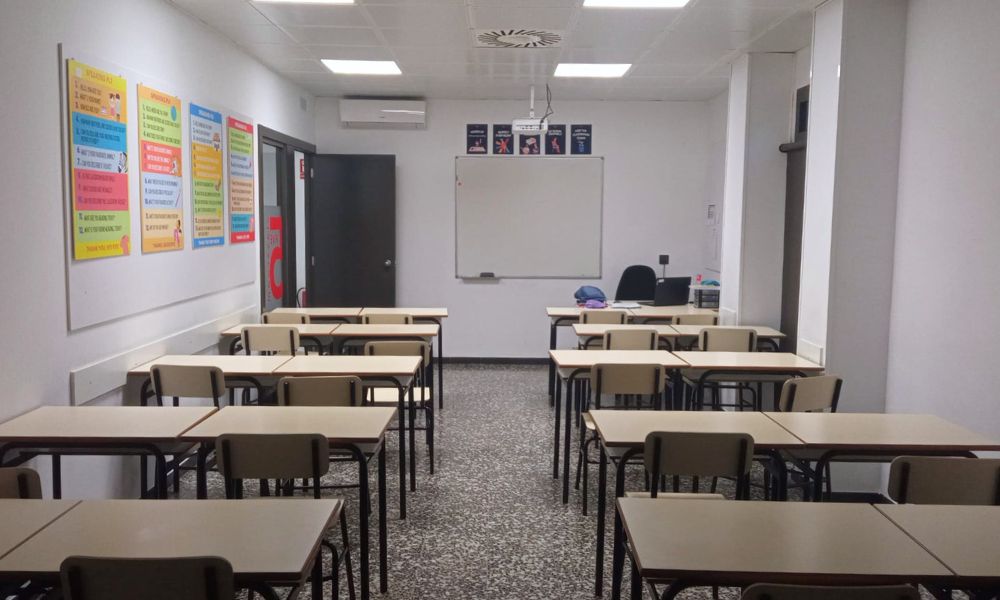

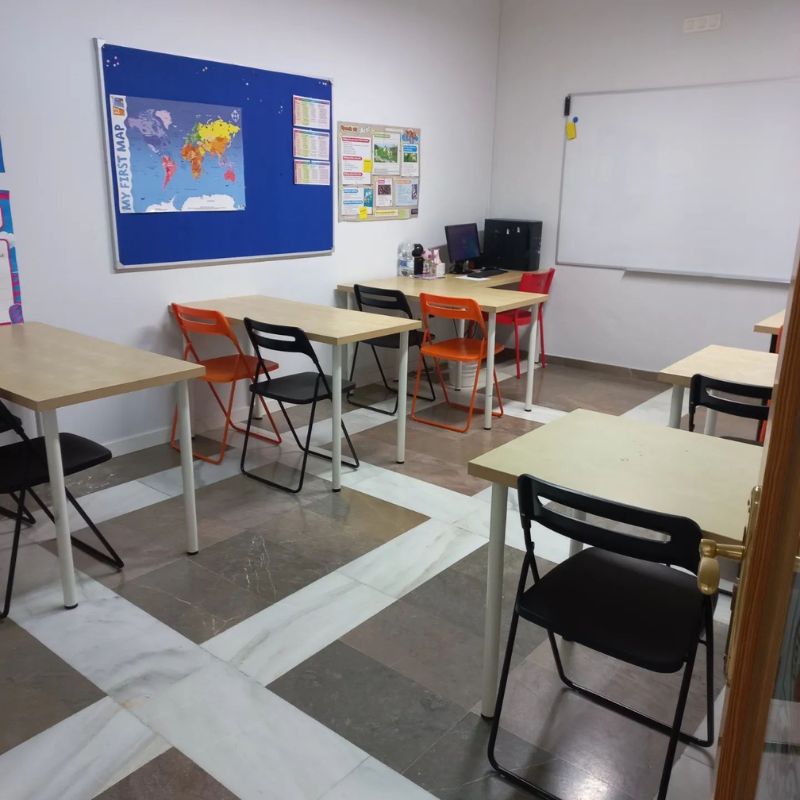
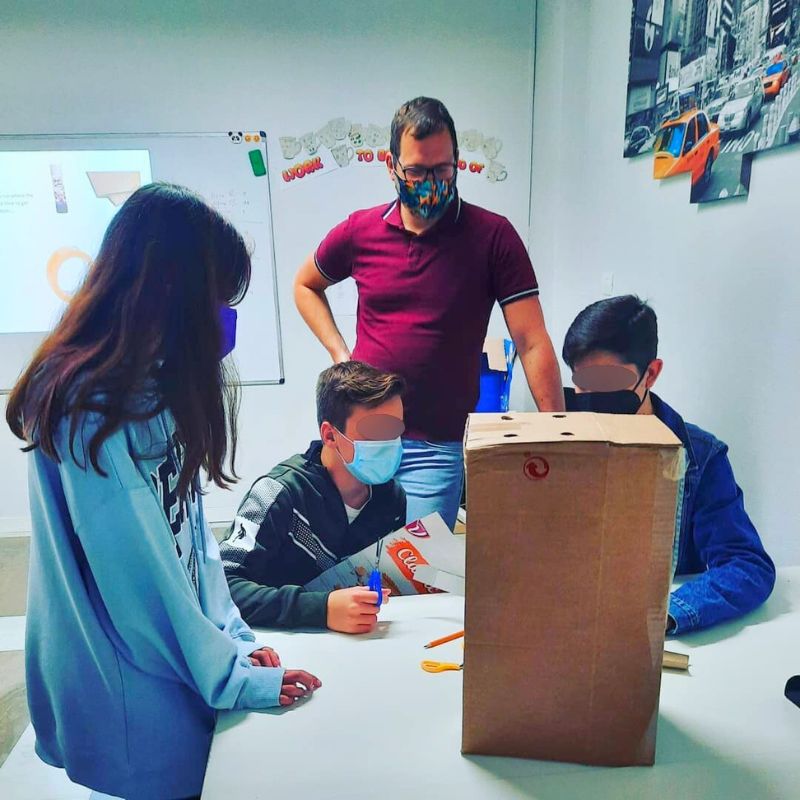
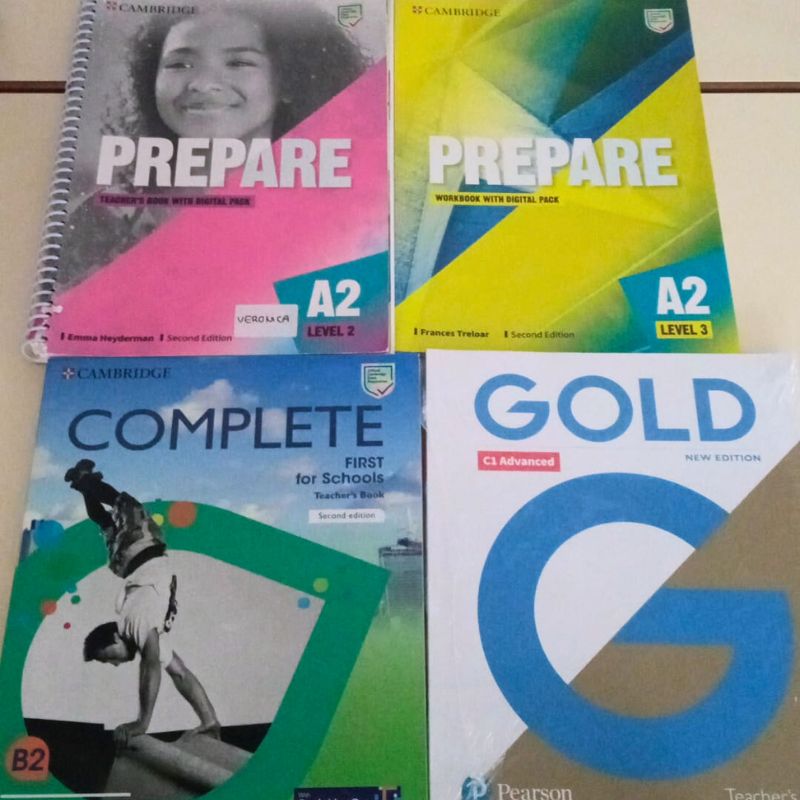
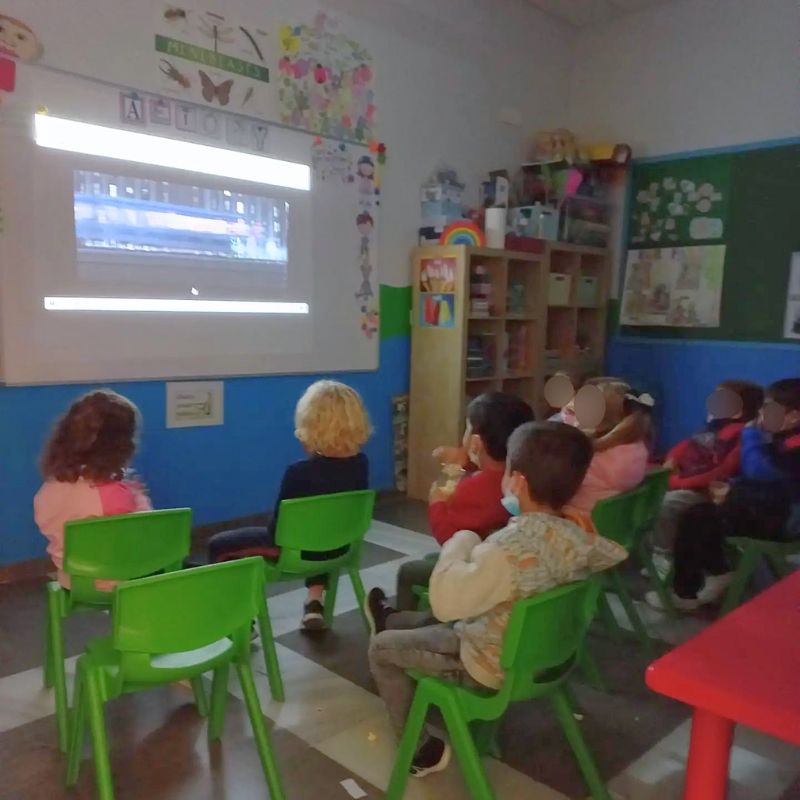
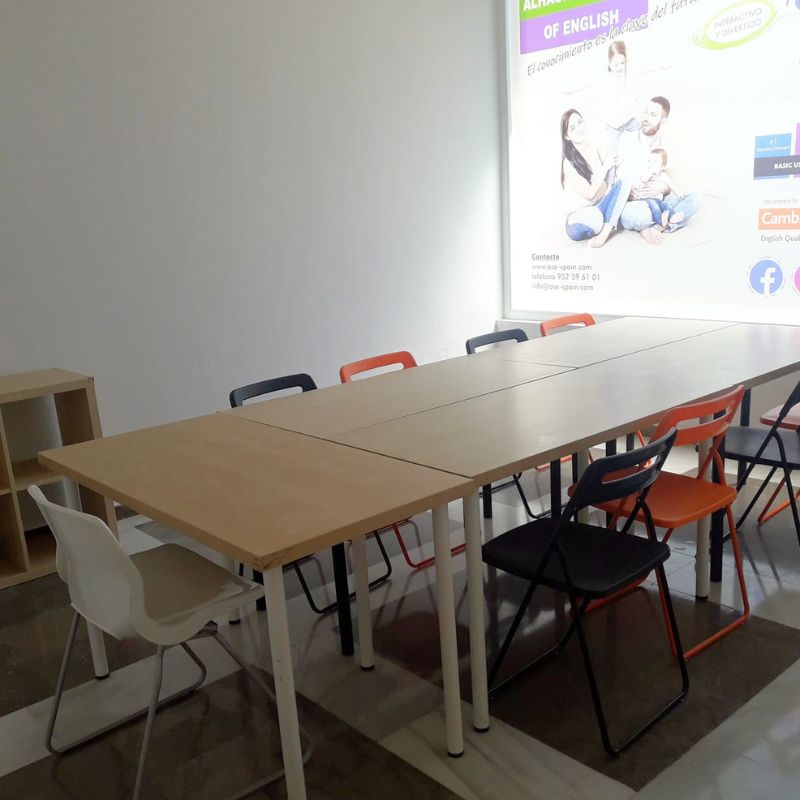
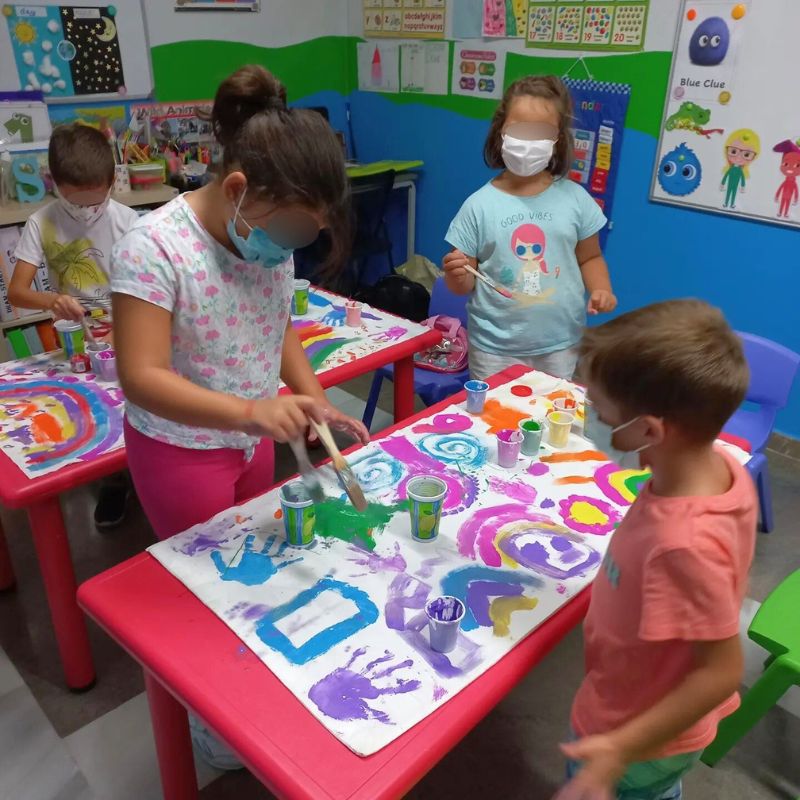
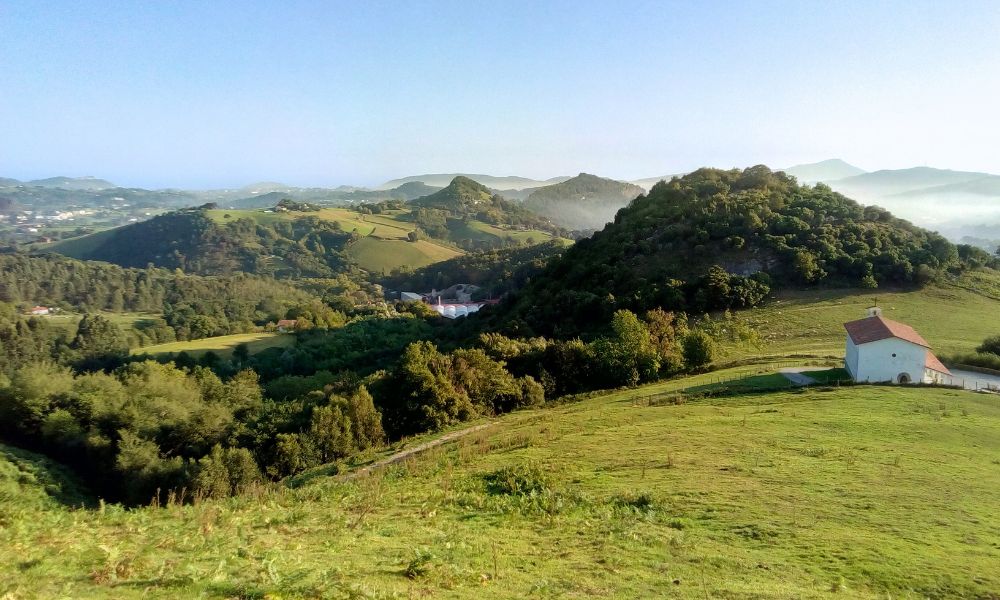


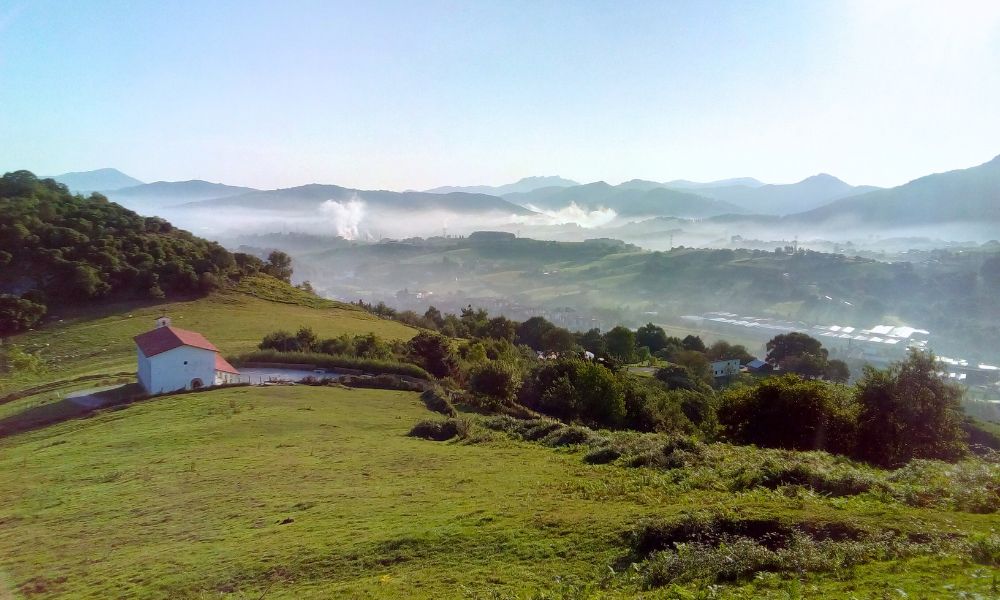
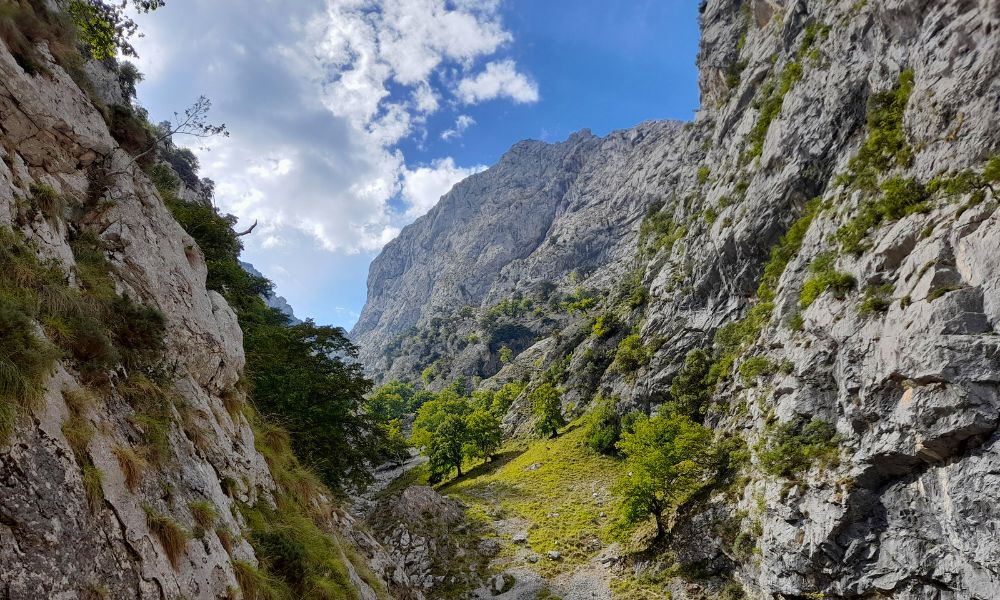



Leave A Comment